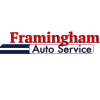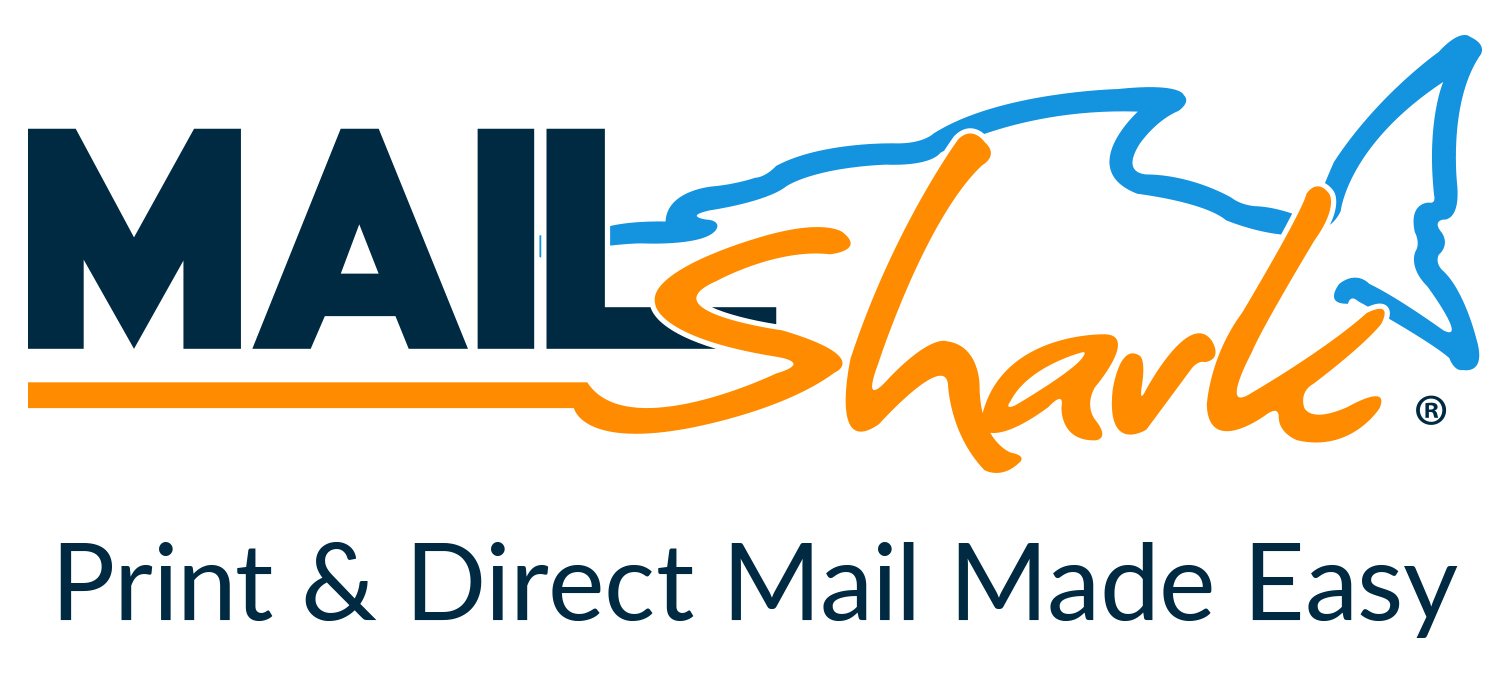Gross Profit
-
Have you checked out Joe's Latest Blog?
-
By Joe Marconi in Joe's Blog5 commentsI recently spoke with a friend of mine who owns a large general repair shop in the Midwest. His father founded the business in 1975. He was telling me that although he’s busy, he’s also very frustrated. When I probed him more about his frustrations, he said that it’s hard to find qualified technicians. My friend employs four technicians and is looking to hire two more. I then asked him, “How long does a technician last working for you.” He looked puzzled and replied, “I never really thought about that, but I can tell that except for one tech, most technicians don’t last working for me longer than a few years.”
Judging from personal experience as a shop owner and from what I know about the auto repair industry, I can tell you that other than a few exceptions, the turnover rate for technicians in our industry is too high. This makes me think, do we have a technician shortage or a retention problem? Have we done the best we can over the decades to provide great pay plans, benefits packages, great work environments, and the right culture to ensure that the techs we have stay with us?
Finding and hiring qualified automotive technicians is not a new phenomenon. This problem has been around for as long as I can remember. While we do need to attract people to our industry and provide the necessary training and mentorship, we also need to focus on retention. Having a revolving door and needing to hire techs every few years or so costs your company money. Big money! And that revolving door may be a sign of an even bigger issue: poor leadership, and poor employee management skills.
Here’s one more thing to consider, for the most part, technicians don’t leave one job to start a new career, they leave one shop as a technician to become a technician at another shop. The reasons why they leave can be debated, but there is one fact that we cannot deny, people don’t quit the company they work for, they usually leave because of the boss or manager they work for.
Put yourselves in the shoes of your employees. Do you have a workplace that communicates, “We appreciate you and want you to stay!”
-
-
Similar Topics
-
By nptrb
Premium Member Content
This content is hidden to guests, one of the benefits of a paid membership. Please login or register to view this content.
-
By Joe Marconi
Premium Member Content
This content is hidden to guests, one of the benefits of a paid membership. Please login or register to view this content.
-
By carmcapriotto
Matt Fanslow tackles the misunderstood relationship between profit and greed in business. He references the YouTube Short "Farmer Does the Right Thing on Shark Tank," using the comments section as a springboard to discuss public perceptions of profit.
Show Notes
The association of profit with greed (00:00:11) Matt discusses the perception of profit as a negative concept and its association with greed in business. YouTube short "Farmer Does the Right Thing Shark Tank" (00:01:14) Matt talks about a YouTube short video featuring a farmer's product pitch on Shark Tank. Challenges in justifying pricing to customers (00:03:41) Matt discusses the difficulties businesses face in justifying their prices to customers and the need to educate them about the value provided. Misconceptions about profit and pricing (00:06:21) Matt addresses the misconceptions regarding profit margins, and pricing strategies. Tackling the association of profit with greed (00:14:36) Matt explores strategies for addressing the negative association of profit with greed and the importance of educating customers about business operations.
Thanks to our Partner, NAPA Autotech napaautotech.com
Email Matt: [email protected]
Diagnosing the Aftermarket A - Z YouTube Channel HERE
Aftermarket Radio Network: https://aftermarketradionetwork.com/
Click to go to the Podcast on Remarkable Results Radio
-
By carmcapriotto
Thanks to our Partner, NAPA Auto Care Brad Updegraff's transition from a general service technician to a visionary business owner of 6 NAPA Gold Certified locations is a story of dedication and strategic planning. Discover the milestones and the speed bumps he encountered along the way. Brad Updegraff, Dave's Ultimate Automotive, 6 locations, Austin, TX. Show Notes
Learn more about NAPA Auto Care Gold Certified and the benefits of being part of the NAPA family by visiting https://www.napaonline.com/en/auto-care Transition to the automotive field (00:01:55) Brad's transition from managing a pizza delivery company to becoming a general service technician in a small gas station repair shop. Seizing the opportunity (00:05:06) The unexpected opportunity that led Brad to become a partner in 2012 and the risks and steps involved in his journey. Building a successful partnership (00:06:15) The partnership with a former homebuilding executive and the successful merging of their expertise for store growth and development. Learning the business side (00:07:25) Brad's learning curve in understanding the business side, seeking help, and investing in personal and business development. Challenges in growth and expansion (00:10:52) The challenges in advertising, customer base, and geographical analysis that impacted the decision to halt further expansion. Recruitment and training strategies (00:12:29) Brad's recruitment strategies, including internal referrals and partnerships with local vocational schools for technician training. Promoting the industry to youth (00:14:32) The need for industry professionals to promote the technical nature of the automotive industry to young people and engage with vocational schools. Advisory Board Representation (00:17:10) Importance of representation on advisory boards for independent dealers and community colleges. Community Involvement and Giving Back (00:18:13) Support for charitable foundations, including Make-A-Wish and suicide prevention organizations. NAPA Gold Certification (00:21:28) Benefits and significance of achieving NAPA Gold certification for automotive businesses. Engagement in Training (00:23:18) Strategies for encouraging staff to participate in training and the value of owner involvement. Perpetual Learning and Magic Makers (00:27:16) The importance of perpetual learning, the concept of "magic makers," and the impact on the organization. Employee Retention and Team Building (00:29:55) Strategies for retaining employees, team building, and celebrating milestones within the organization. Work-Life Balance and Store Visits (00:32:02) Balancing work and personal life, commitment to family, and the importance of store visits for management. Intuition and Common Sense (00:33:14) The importance of intuition and common sense in business decisions and management. Succession Planning (00:34:12) Discussing internal succession planning and opportunities for employees to grow within the company. Industry Challenges and Opportunities (00:34:53) Cyclical nature of the industry, market correction, and fighting for market share. Market Trends and Customer Conversion (00:36:12) Impact of market trends, potential for customer conversion, and the impact of economic factors. Financing Repair (00:38:00) The increasing use of financing options for vehicle repairs and its impact on the industry. Work-Life Balance and Reflection (00:38:54) The importance of work-life balance and reflecting on career choices and experiences. Overcoming Struggles and Mistakes (00:40:49) The journey to success, overcoming struggles, and learning from mistakes.
Thanks to our Partner, NAPA Auto Care Learn more about NAPA Auto Care and the benefits of being part of the NAPA family by visiting https://www.napaonline.com/en/auto-care Connect with the Podcast: -Follow on Facebook: https://www.facebook.com/RemarkableResultsRadioPodcast/ -Join Our Private Facebook Community: https://www.facebook.com/groups/1734687266778976 -Subscribe on YouTube: https://www.youtube.com/carmcapriotto -Follow on LinkedIn: https://www.linkedin.com/in/carmcapriotto/ -Follow on Instagram: https://www.instagram.com/remarkableresultsradiopodcast/ -Follow on Twitter: https://twitter.com/RResultsBiz -Visit the Website: https://remarkableresults.biz/ -Join our Insider List: https://remarkableresults.biz/insider -All books mentioned on our podcasts: https://remarkableresults.biz/books -Our Classroom page for personal or team learning: https://remarkableresults.biz/classroom -Buy Me a Coffee: https://www.buymeacoffee.com/carm -The Aftermarket Radio Network: https://aftermarketradionetwork.com -Special episode collections: https://remarkableresults.biz/collections
Click to go to the Podcast on Remarkable Results Radio

-
By carmcapriotto
Thanks to our partners, NAPA TRACS and Promotive
Did you know that NAPA TRACS has onsite training plus six days a week support?
It all starts when a local representative meets with you to learn about your business and how you run it. After all, it's your shop, so it's your choice.
Let us prove to you that Tracs is the single best shop management system in the business. Find NAPA TRACS on the Web at NAPATRACS.com
It’s time to hire a superstar for your business; what a grind you have in front of you. Great news, you don’t have to go it alone. Introducing Promotive, a full-service staffing solution for your shop. Promotive has over 40 years of recruiting and automotive experience. If you need qualified technicians and service advisors and want to offload the heavy lifting, visit www.gopromotive.com.
Paar Melis and Associates – Accountants Specializing in Automotive Repair
Visit us Online: www.paarmelis.com
Email Hunt: [email protected]
Get a copy of my Book: Download Here
Aftermarket Radio Network
Click to go to the Podcast on Remarkable Results Radio
-
-
-
Our Sponsors





.thumb.jpg.2b345efc275b9df0af2bbb306a10a78a.jpg)












Recommended Posts
Create an account or sign in to comment
You need to be a member in order to leave a comment
Create an account
Sign up for a new account in our community. It's easy!
Register a new accountSign in
Already have an account? Sign in here.
Sign In Now